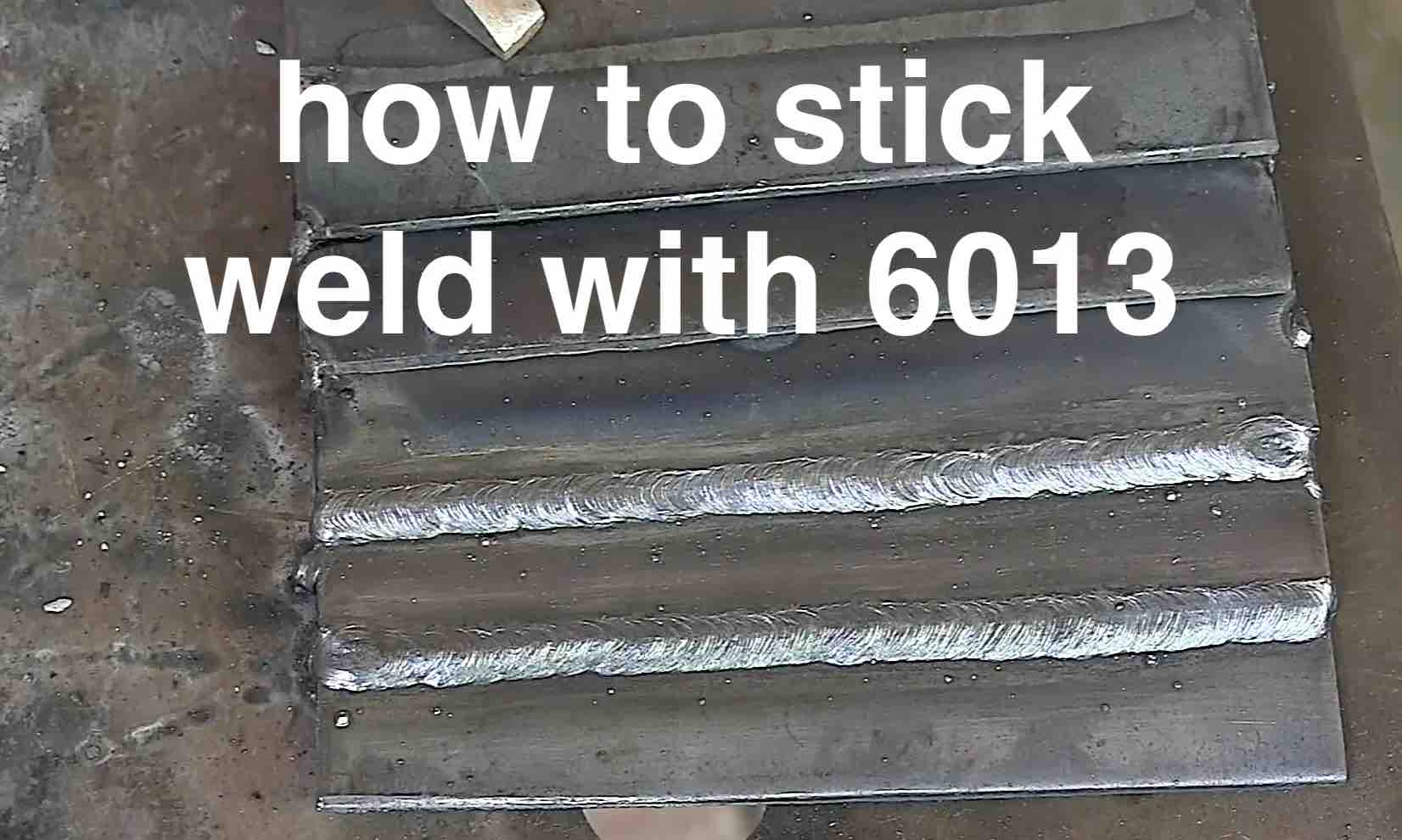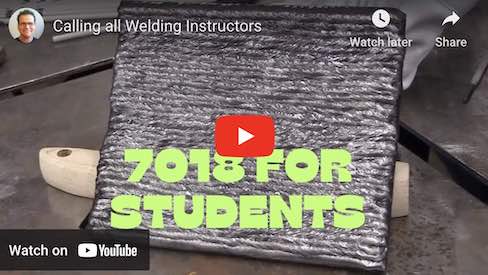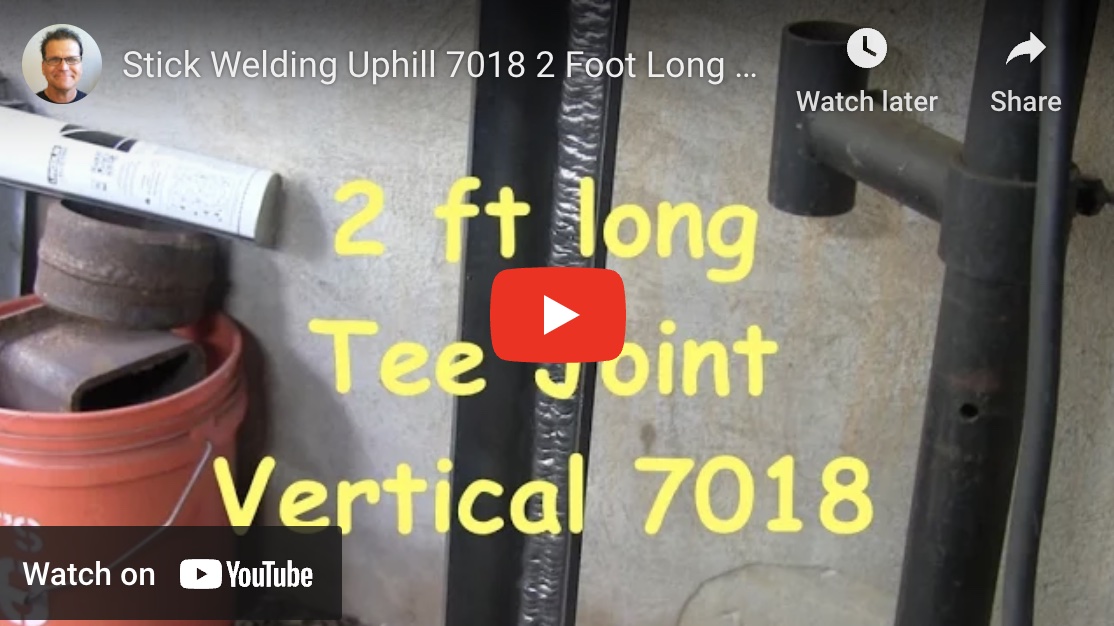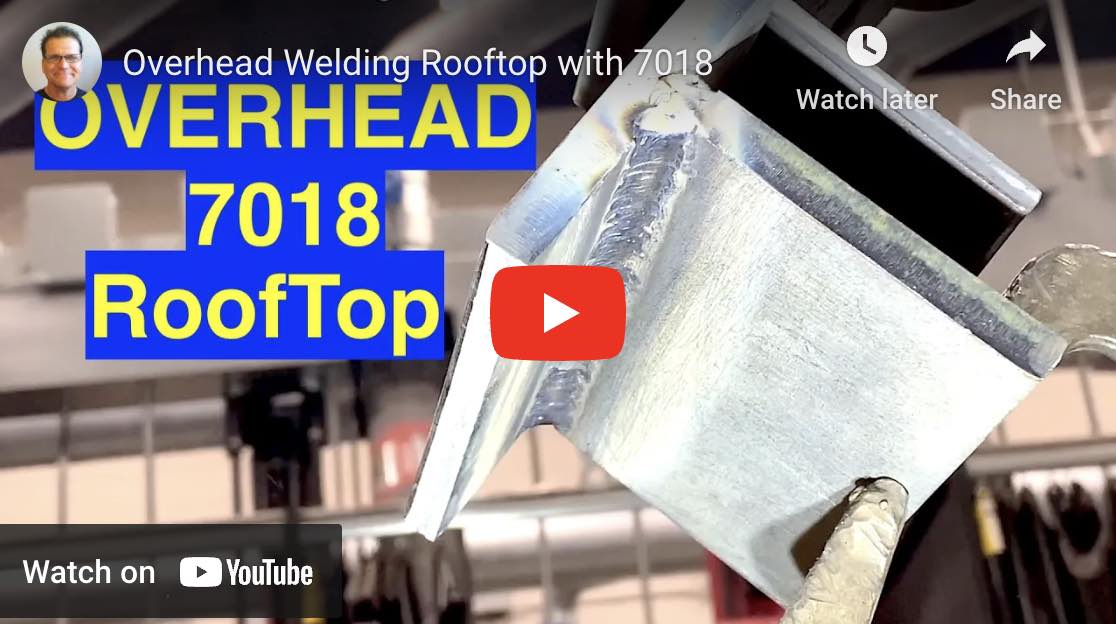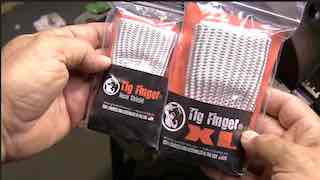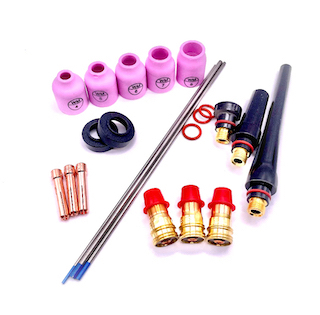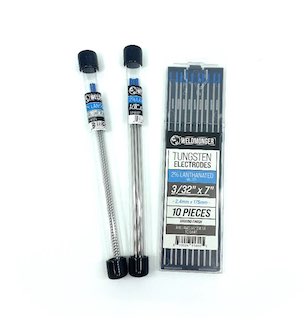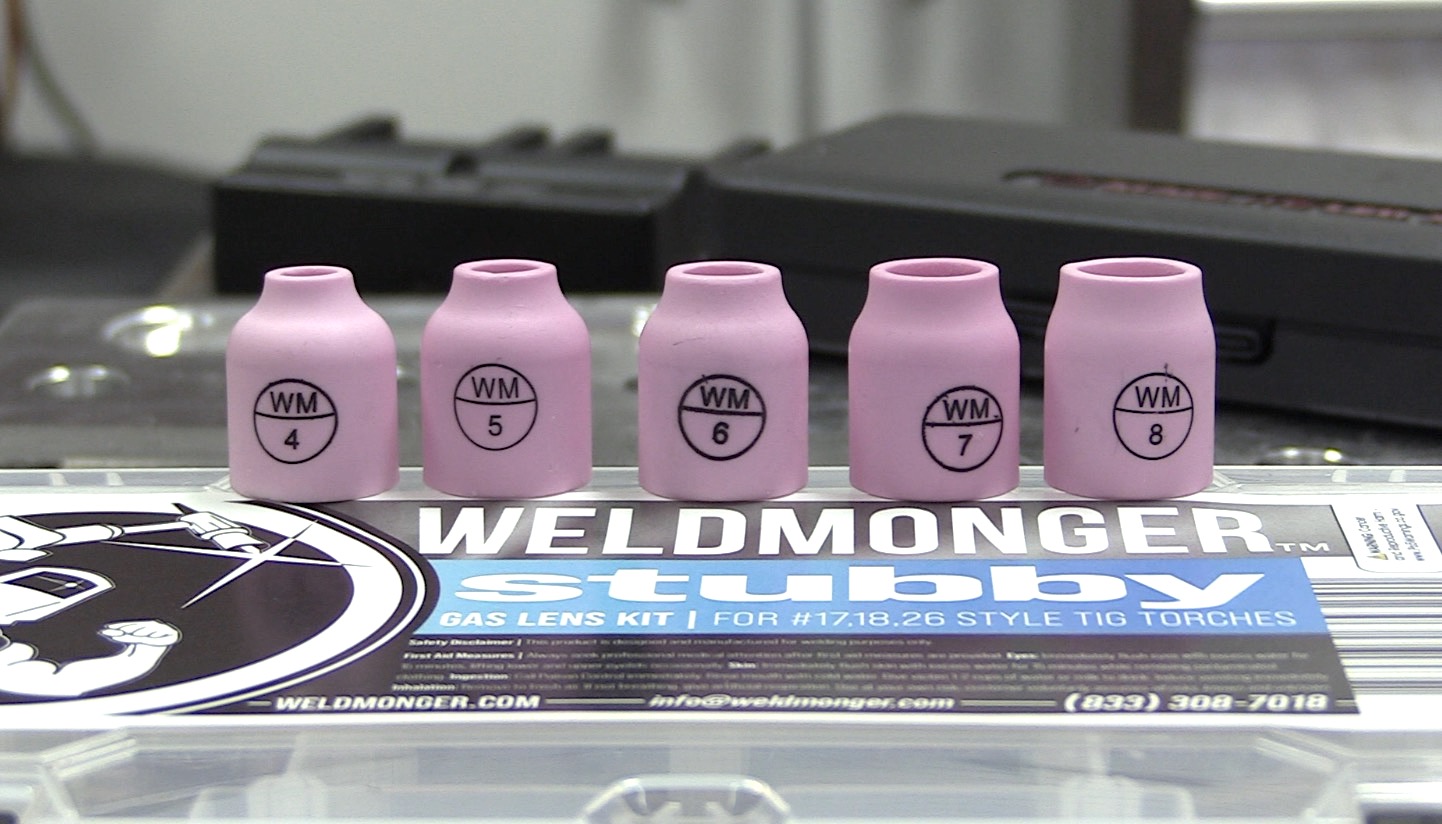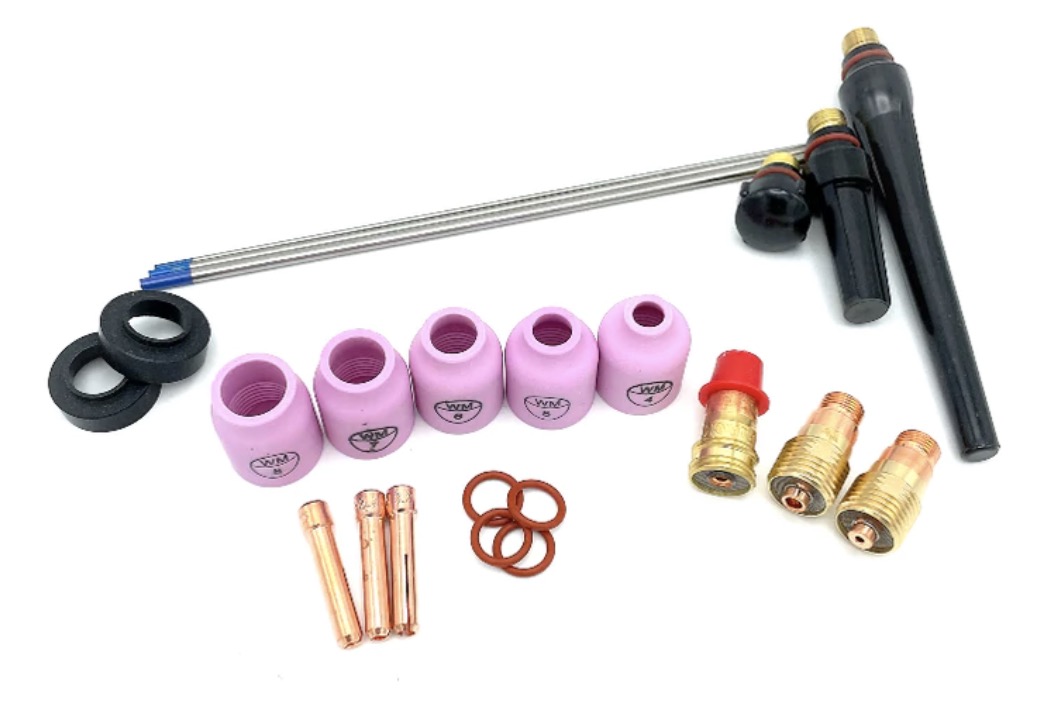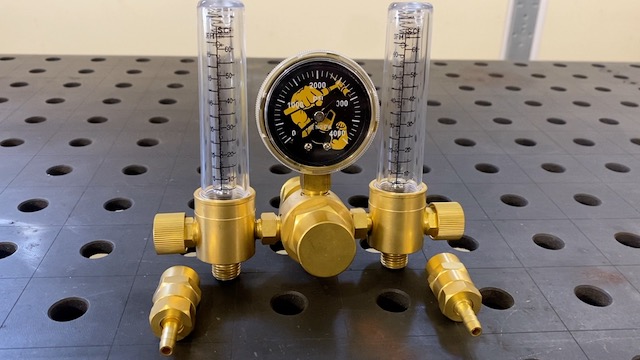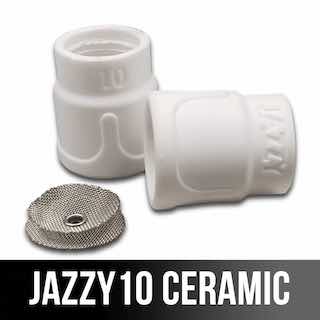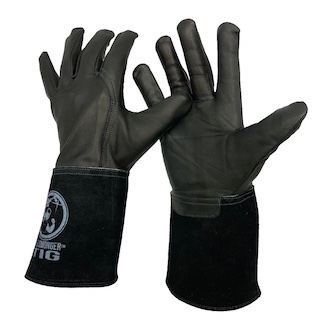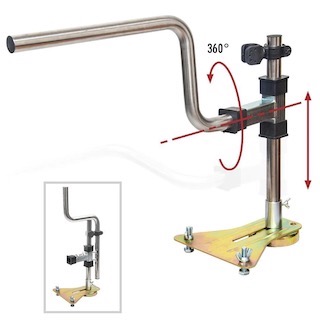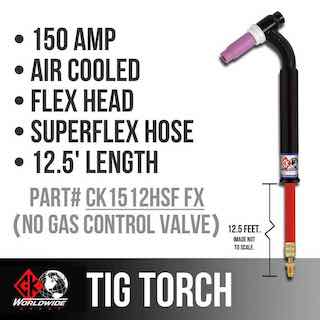Stick Welding tips and Tricks
Scroll down for Videos
- HOME
- STICK WELDING
- Stick Welding Tips and Tricks
Back to Basics Simple Tee joint 7018
Overview of Different Stick rods
Stick welding rods come in all different types and sizes but the most widely used stick electrodes are 6010, 6011, 6013, 7014, 7018, and 7024.
Stick welding is mostly used for carbon steel but is also used a lot for stainless steels.
While there are copper alloy stick rods as well as aluminum stick rods, Carbon steel makes up the bulk of stick welding.
Aluminum stick welding is mostly for maintenance welding and emergencies. Aluminum Stick welding is problematic.
7018 for Instructors and students
A preview of all the different skill drills a student might do in most welding schools.
Vertical uphill Stick welding tips and tricks
Vertical uphill stick welding with 7018 requires more attention to details like arc length, amperage settings, rod angle, and technique
Overhead 7018 stick welding tips and tricks
Overhead stick welding with 7018 goes better with a tight arc length.
Set the amperage hot enough where the rod wont stick when you hold a tight arc.
...then hold a tight arc.
Stick Welding is proven, old school, tried and true welding process that is down and dirty way of getting things done that is still being used by farmers, maintenance staff, pipe welders, boilermakers, ironworkers, ship builders and others.
For welding outdoors, Stick welding is usually a great choice due to the simplicity of the equipment and the fact that no shielding gas is needed.
Here’s a brief description of the most widely used stick welding electrodes in the USA, including their uses, pros, and cons:
1. 6010 – Deep Penetration & Fast Freeze
Uses:
• Used for root passes on pipe welding and structural welding.
• Ideal for dirty, rusty, or painted metal due to its aggressive digging arc.
Pros:
✅ Deep penetration, even through rust and mill scale
✅ Fast-freezing slag makes it great for vertical and overhead welding
✅ Strong welds with excellent fusion
Cons:
🚫 Only runs on DC+ (not AC-compatible)
🚫 Can be difficult to control for beginners
🚫 Leaves a rougher bead profile
2. 6011 – All-Purpose AC/DC Electrode
Uses:
• General fabrication, farm equipment repair, and fieldwork where AC welders are used
• Similar to 6010 but runs on both AC and DC
Pros:
✅ Deep penetration on rusty or contaminated metal
✅ Runs on both AC and DC
✅ Fast-freezing slag makes it good for out-of-position welding
Cons: 🚫 Rougher bead appearance compared to low-hydrogen electrodes 🚫 More spatter and slag cleanup required
3. 6013 – Sheet Metal & Clean Appearance
Uses:
• Since 6013 rods are available in diameters as small as 1/16" they can. e used for sheet metal
• Works well when a smooth, aesthetic weld is needed
Pros:
✅ Easy to use and easy to restart the arc, making it great for beginners
✅ Produces smooth, visually appealing welds
✅ Runs on AC or DC, versatile for many machines
Cons:
🚫 Shallow penetration, not ideal for thicker metals, easy to trap slag if amperage is too low or rod angle is not steep enough
🚫 Requires cleaner base metal compared to 6010/6011
4. 7014 – High Deposition for Fillet & Lap Joints
Uses:
• Good for fillet welds, lap joints, and structural welding
• Used in mild steel fabrication and repair
Pros:
✅ Higher deposition rate = faster welding speeds
✅ Easy slag removal and smooth weld beads
✅ Runs on AC and DC, versatile for various welders
Cons:
🚫 Less penetration than 7018, not ideal for critical structural work
🚫 Not as good for vertical or overhead welding
5. 7018 – Low Hydrogen for Structural Work
Uses:
• Structural steel, bridges, buildings, pressure vessels, and heavy equipment
• Used where high strength and crack resistance are required
Pros:
✅ Strong, ductile welds with excellent toughness
✅ Smooth, clean weld beads with minimal spatter
✅ Works well on thicker metals and in structural applications
Cons: 🚫 Requires proper storage (must be kept dry to be compliant with low hydrogen electrode weld procedures and codes)
🚫 Not ideal for dirty or rusty metal—requires clean prep
6. 7024 – High-Speed Flat & Horizontal Welding
Uses:
• Used for flat and horizontal fillet welds in fabrication
• Common in high-production welding due to fast travel speed
Pros:
✅ Extremely high deposition rate for fast welding
✅ Produces a smooth, flat weld bead
✅ Self-peeling slag makes cleanup easy
Cons:
🚫 Only suitable for flat & horizontal positions
🚫 Requires high amperage, not ideal for small welders
Each electrode has its best applications based on penetration, position, and metal condition.
✔ For deep penetration on dirty metal: 6010, 6011
✔ For clean, light fabrication: 6013
✔ For strong structural work: 7018
✔ For fast, high-deposition welding: 7014, 7024
🔥 Tip: Choose the right rod based on metal thickness, joint type, and position to get the best results!

